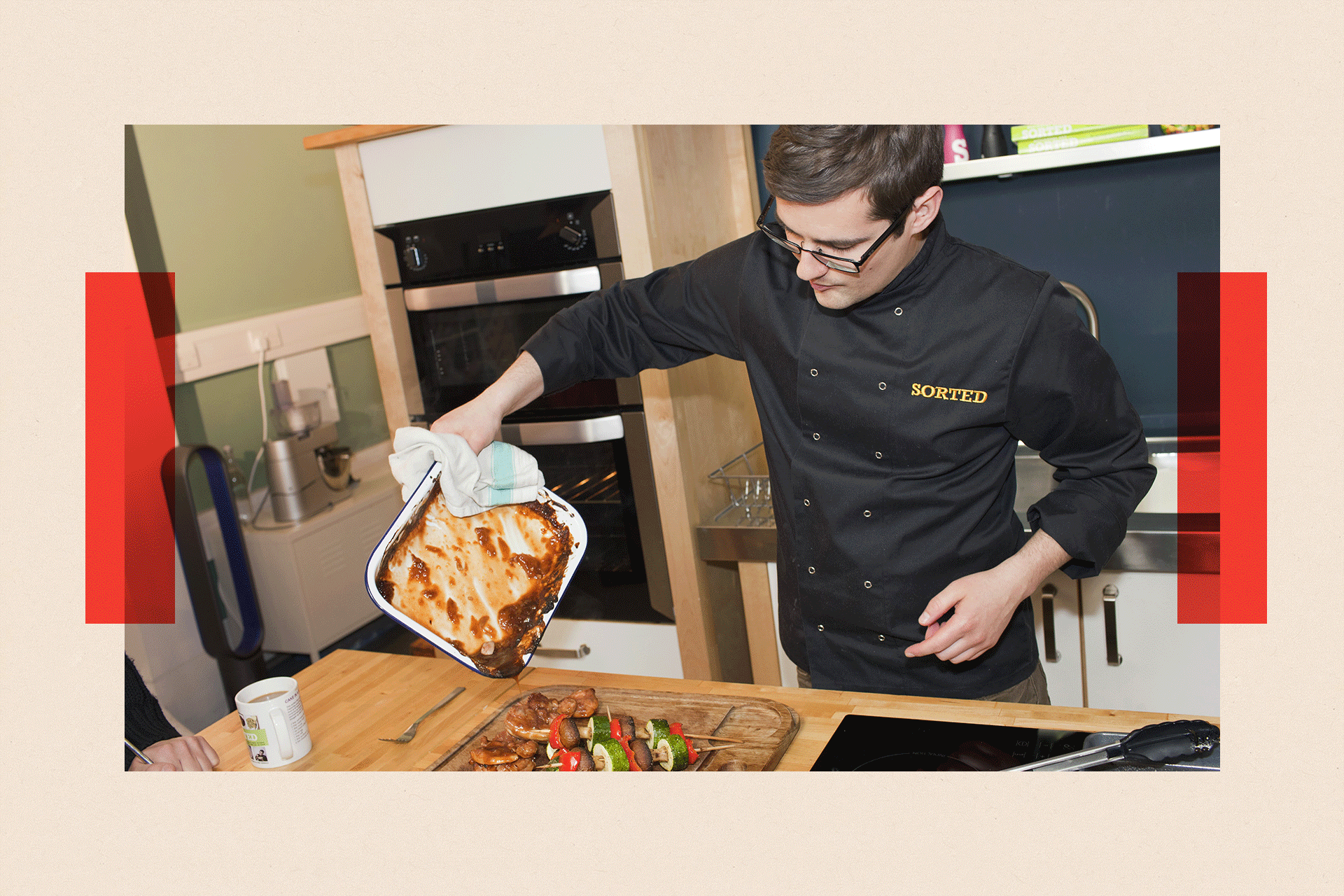Television cooking shows, once a staple of prime-time viewing, are losing their audience, and the cronut—a hybrid of croissant and donut—offers insight into why.
In recent times, cooking programs on TV have experienced a drop in viewership and cultural importance. Shows that previously attracted millions with famous chefs and complex cooking competitions are now finding it difficult to retain interest. This change indicates broader shifts in the ways people consume media, alongside changing perspectives on cuisine, innovation, and ease. The cronut craze, which captured global attention a decade ago, highlights the impact of culinary fads and social networks on contemporary dietary patterns, surpassing what TV can solely achieve. Cronuts symbolize more than a dessert; they demonstrate how novelty, instant satisfaction, and shareable moments have transformed culinary culture, explaining the decline in appeal for traditional cooking shows.
The ascent and decline of television cooking shows
Cooking shows emerged as a dominant genre in the 1990s and 2000s, combining entertainment, education, and aspirational lifestyles. Programs like Iron Chef, Barefoot Contessa, and MasterChef captivated viewers with their dramatic competitions, high-stakes challenges, and charismatic hosts. These shows offered both inspiration and instruction, encouraging audiences to experiment in their kitchens while indulging in the excitement of televised drama.
Nevertheless, the style that previously assured audiences now seems old-fashioned. People now desire engagement, quickness, and connection—traits that conventional television finds difficult to offer. Lengthy episodes filled with scripted drama fail to captivate attention in a time where social media, bite-sized videos, and streaming services are prevailing. Today’s viewers favor outlets that let them interact with material at a pace they choose, comment, share, and even try out recipes instantly. The conventional, one-directional interaction of cooking shows on television can’t match the lively, interactive nature of digital media.
The television format often lacks the spontaneity and authenticity that contemporary audiences seek. Viewers are drawn to personalities and trends that feel approachable, interactive, and visually stimulating—qualities that social media influencers and viral culinary videos often provide more effectively than network television. As a result, cooking shows are increasingly seen as formulaic, predictable, and disconnected from the fast-evolving world of food culture.
Cronuts and the transformation in culinary culture
The cronut’s meteoric rise underscores a key factor behind the decline of TV cooking shows: novelty and instant shareability dominate today’s food culture. Introduced by Dominique Ansel in New York City in 2013, the cronut combined elements of a croissant and a donut into a single, visually striking pastry. Its success was fueled not just by taste, but by its Instagram-ready appearance, limited availability, and social media buzz. Lines outside bakeries and viral photos online created a sense of urgency and exclusivity that television shows, tied to a fixed schedule and format, cannot replicate.
El fenómeno de los cronuts ilustra una tendencia más amplia en la manera en que las personas disfrutan de la comida. Los consumidores cada vez aprecian más la originalidad, el atractivo visual, y la capacidad de compartir experiencias culinarias en formato digital. Este énfasis en lo novedoso ha movido el interés de los contenidos tradicionales de cocina instructiva hacia formas dinámicas, breves e interactivas de entretenimiento culinario. Instagram, TikTok y YouTube ofrecen plataformas donde los espectadores pueden involucrarse directamente con las tendencias, probar recetas en casa y participar en desafíos, actividades que los programas de cocina convencionales no pueden satisfacer completamente.
Moreover, the cronut phenomenon highlights a shift in food as a cultural experience rather than purely sustenance or technique. Audiences are drawn to foods that tell a story, evoke emotion, or spark conversation. Social media amplifies this effect, turning limited-edition pastries into cultural moments and influencing culinary trends on a global scale. In contrast, television shows, with rigid schedules and controlled production, struggle to create the immediacy and virality that modern audiences crave.
Social media and the democratization of food content
The decline of TV cooking shows is closely tied to the rise of social media, where content is democratized and participation is encouraged. Platforms like TikTok and Instagram have transformed the way people discover, share, and engage with recipes. Short, visually engaging videos offer quick satisfaction and a sense of accessibility that traditional cooking shows rarely provide. Audiences no longer wait for a weekly episode—they can explore a continuous stream of trends, tutorials, and innovations at any time.
This shift has also altered the role of the chef in popular culture. While television chefs were once authoritative figures, social media influencers and home cooks now hold significant sway, creating peer-driven communities of culinary experimentation. Engagement metrics, likes, shares, and comments now determine popularity, rather than broadcast ratings. The cronut, as a viral sensation, exemplifies this new paradigm: its appeal was amplified by user-generated content, online reviews, and social sharing rather than traditional media promotion.
Moreover, the advent of online platforms fosters innovation and encourages boldness. In contrast to TV broadcasters that must follow rigid programming standards, social networks enable culinary artists to explore freely, quickly try out concepts, and rapidly adjust based on viewer reactions. This dynamic, engaging method has transformed the public’s view on food and entertainment, making it challenging for conventional cooking programs to remain pertinent.
Rethinking the future of culinary entertainment
Here is the rewritten text following your rules:
The cronut and other viral food crazes teach us a significant lesson: culinary shows need to evolve to fit today’s consumption patterns. Viewers now favor innovation, involvement, and interactive content over traditional teaching methods. Cooking programs that do not incorporate social media, brief content, and interactive experiences may continue to lose relevance. Stations should reconsider their approaches, possibly by merging digital channels, promoting viewer interaction, or showcasing food as a visual and communal experience rather than solely instructional content.
Several networks have tried hybrid methods, mixing traditional shows with interactive online features, live-streamed lessons, and social media engagement. These trials indicate that there continues to be room for TV-based cooking entertainment—but it must adapt to align with modern needs. The essential factor is to utilize the immediacy and interactivity audiences currently anticipate while preserving the narratives, excitement, and skill that render professional culinary content captivating.
The decline of TV cooking shows is less a failure of content than a reflection of changing audience behaviors and cultural trends. The cronut phenomenon illustrates how novelty, shareability, and digital engagement have reshaped food culture, emphasizing immediacy, aesthetics, and participation. Television networks and culinary content creators must recognize these shifts to remain relevant. By embracing new formats, interactive experiences, and the social dimensions of food, culinary entertainment can continue to thrive, even in an age dominated by short-form digital content and viral sensations.





